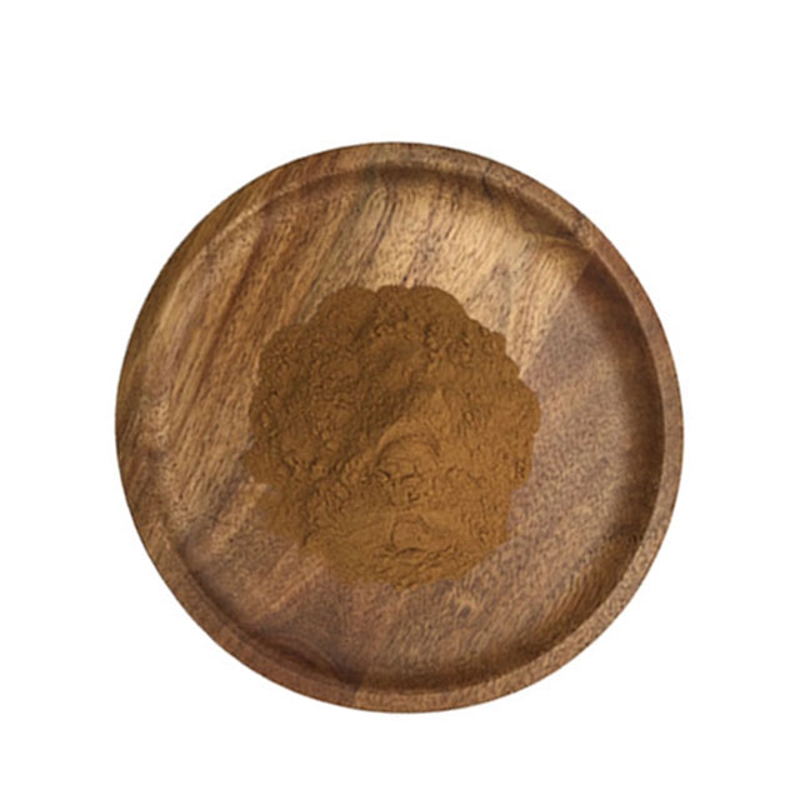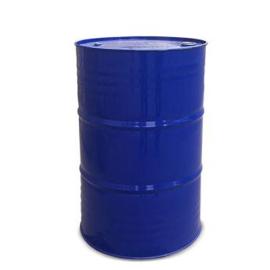-
Categories
-
Pharmaceutical Intermediates
-
Active Pharmaceutical Ingredients
-
Food Additives
- Industrial Coatings
- Agrochemicals
- Dyes and Pigments
- Surfactant
- Flavors and Fragrances
- Chemical Reagents
- Catalyst and Auxiliary
- Natural Products
- Inorganic Chemistry
-
Organic Chemistry
-
Biochemical Engineering
- Analytical Chemistry
- Cosmetic Ingredient
-
Pharmaceutical Intermediates
Promotion
ECHEMI Mall
Wholesale
Weekly Price
Exhibition
News
-
Trade Service
Points at a Glance Acute cholangitis is a biliary infectious disease caused by secondary infection after partial or complete biliary obstruction.
Common causes of biliary obstruction include intrahepatic and extrahepatic bile duct stones, benign bile duct strictures, iatrogenic strictures, and malignant diseases.
lead to bile duct stenosis
.
Acute cholangitis typically presents with the Charcot triad (fever, jaundice, and abdominal pain), which can become life-threatening if not recognized early
.
Diagnosis requires a comprehensive judgment based on clinical manifestations, laboratory tests, and imaging findings
.
Primary treatment of acute cholangitis includes fluid resuscitation, antibiotic therapy, and biliary drainage
.
Endoscopic retrograde cholangiopancreatography (ERCP) remains the modality of choice for biliary drainage
.
Acute cholangitis in a common emergency in hepatobiliary surgery: what is the cause? Acute cholangitis is a biliary infectious disease caused by secondary infection after partial or complete obstruction of the biliary tract.
It is a common surgical emergency in hepatobiliary surgery
.
The most common risk factor for developing acute cholangitis is choledocholithiasis (about half of reported cases), and the second most common cause is malignant obstruction (10%-30% of cases)
.
Other causes of complete or partial biliary obstruction are shown in Table 1
.
Acute cholangitis: how is it diagnosed? The diagnosis of acute cholangitis requires a comprehensive judgment based on clinical manifestations, laboratory tests and imaging findings
.
Acute cholangitis should be suspected in patients with fever, jaundice, and abdominal pain (Charcot's triad)
.
In more severe cases, patients with acute obstructive suppurative cholangitis may present with abdominal pain, chills, high fever, jaundice, shock, and psychiatric symptoms (Reynolds pentad)
.
Although the specificity of Charcot's triad in the diagnosis of acute cholangitis is greater than 90%, the sensitivity is low at 26.
4%, and the rate of missed diagnosis is high
.
The Tokyo guidelines (revised twice in 2013 and 2018) are currently the most acceptable diagnostic criteria, based on a comprehensive diagnosis of clinical, laboratory and imaging findings (Table 2)
.
Diagnosis is established when there is systemic inflammation (fever and/or laboratory data), cholestasis and imaging findings (biliary dilatation), or imaging etiology
.
Note: CRP, C-reactive protein; AST, aspartate aminotransferase; ALT, alanine aminotransferase; ALP, alkaline phosphatase; ULN, upper limit of normal
.
Acute cholangitis: how is it treated? Acute cholangitis must be identified and treated early because mortality from the disease rises with delays in treatment
.
Primary treatments include aggressive fluid resuscitation, antibiotics, and biliary drainage
.
1.
Antibiotic therapy Current guidelines recommend penicillin/beta-lactamase inhibitors, third-generation cephalosporins, or carbapenems for the treatment of ascending cholangitis
.
Further antibiotic selection should consider whether the infection is community-acquired or healthcare-related, as well as individual risk factors, patterns of local resistance, and risk of adverse outcomes
.
Consensus guidelines suggest that the duration of antimicrobial therapy varies from 3 to 10 days
.
The 2018 Tokyo guidelines recommend that the duration of treatment should be continued for 4-7 days after cholangitis is controlled
.
If there is bacteremia of gram-positive cocci (eg, enterococcus, streptococcus), the recommended duration of treatment is at least 2 weeks, after which the withdrawal time is determined according to symptoms, signs, body temperature, white blood cells, and C-reactive protein
.
2.
The 2018 Tokyo guidelines for endoscopic surgery recommend emergency biliary drainage for moderate and severe acute cholangitis.
For patients with mild acute cholangitis, only appropriate antibiotic treatment is required initially, and most patients do not require biliary drainage
.
Although an ideal time is not specified, most experts agree that biliary decompression should be performed within 48 hours
.
ERCP remains the preferred modality for biliary drainage, and biliary sphincterotomy, biliary stenting, or nasobiliary duct placement for the treatment of obstruction can successfully treat more than 90% of cholangitis cases
.
The only absolute contraindication to ERCP is known or suspected visceral perforation
.
Relative contraindications include cardiopulmonary instability, coagulopathy, pregnancy, and severe contrast allergy
.
If the coagulopathy cannot be corrected preoperatively, sphincterotomy is not recommended for patients
.
3.
Percutaneous transhepatic biliary drainage (PTC) Percutaneous drainage is generally considered a second-line treatment option for patients who have failed ERCP or are not candidates for endoscopic therapy
.
Since this procedure does not require intravenous sedation or anesthesia, it may be safer for clinically unstable patients
.
Disadvantages of percutaneous drainage include prolonged hospital stay, patient discomfort, increased risk of complications (eg, intraperitoneal hemorrhage, biliary peritonitis, and sepsis), and contraindications include coagulopathy, ascites, and intrahepatic biliary obstruction
.
4.
Open surgical drainage When ERCP, PTC and/or endoscopic ultrasonography (EUS) treatment is unsuccessful or contraindicated, open surgical drainage is the last resort
.
This approach may be considered in patients undergoing laparoscopic cholecystectomy combined with transcystic duct/catheter laparoscopic bile duct exploration
.
Outcome and prognosis of acute cholangitis: early diagnosis and treatment is the key! The severity of acute cholangitis varies greatly.
For mild cholangitis, conservative treatment with antibiotics can achieve satisfactory results.
However, patients with severe cholangitis are often accompanied by septic shock or organ dysfunction, and antibiotics alone cannot control the disease.
Emergency biliary decompression and organ support treatment are required, which seriously threatens the patient's life
.
In a recent large retrospective multicenter study, patients admitted to the intensive care unit (ICU) due to acute cholangitis (382 patients) had a high in-hospital mortality rate of 29%
.
Severity of organ failure, cause of obstruction, local complications of acute cholangitis, and delayed biliary drainage >48 hours were risk factors for death
.
Therefore, whether patients with acute cholangitis can receive early and effective treatment is particularly important to avoid disease progression to severe acute cholangitis
.
References: [1] An Z, Braseth AL, Sahar N.
Acute Cholangitis: Causes, Diagnosis, and Management[J].
Gastroenterol Clin North Am.
2021 Jun;50(2):403-414.
[2] Liu Jia Xing, Huang Yao, Dai Dong.
Research status of diagnosis and treatment of acute cholangitis[J].
Contemporary Medicine, 2019, 25(10):179-181.
[3] Dong Hanhua, Wu Qiqi, Chen Xiaoping.
Tokyo Guidelines for Acute Biliary Tract Infection ( 2018 edition) updated interpretation[J].
Journal of Clinical Surgery, 2019, 27(01):5-9.
[4] Lavillegrand JR, Mercier-Des-Rochettes E, Baron E, et al.
Acute cholangitis in intensive care units: clinical, biological, microbiological spectrum and risk factors for mortality: a multicenter study[J].
Crit Care.
2021 Feb 6;25(1):49.







